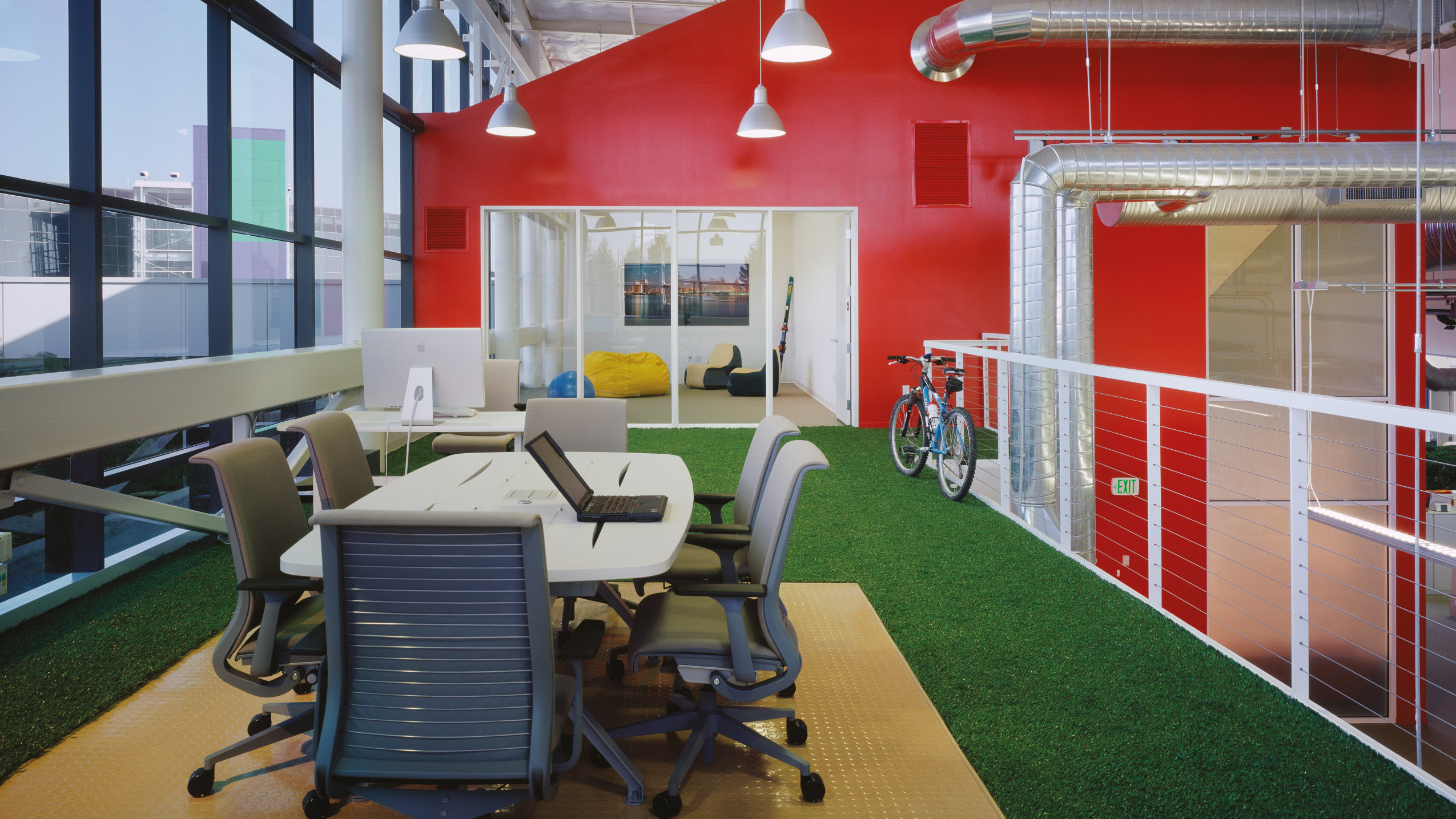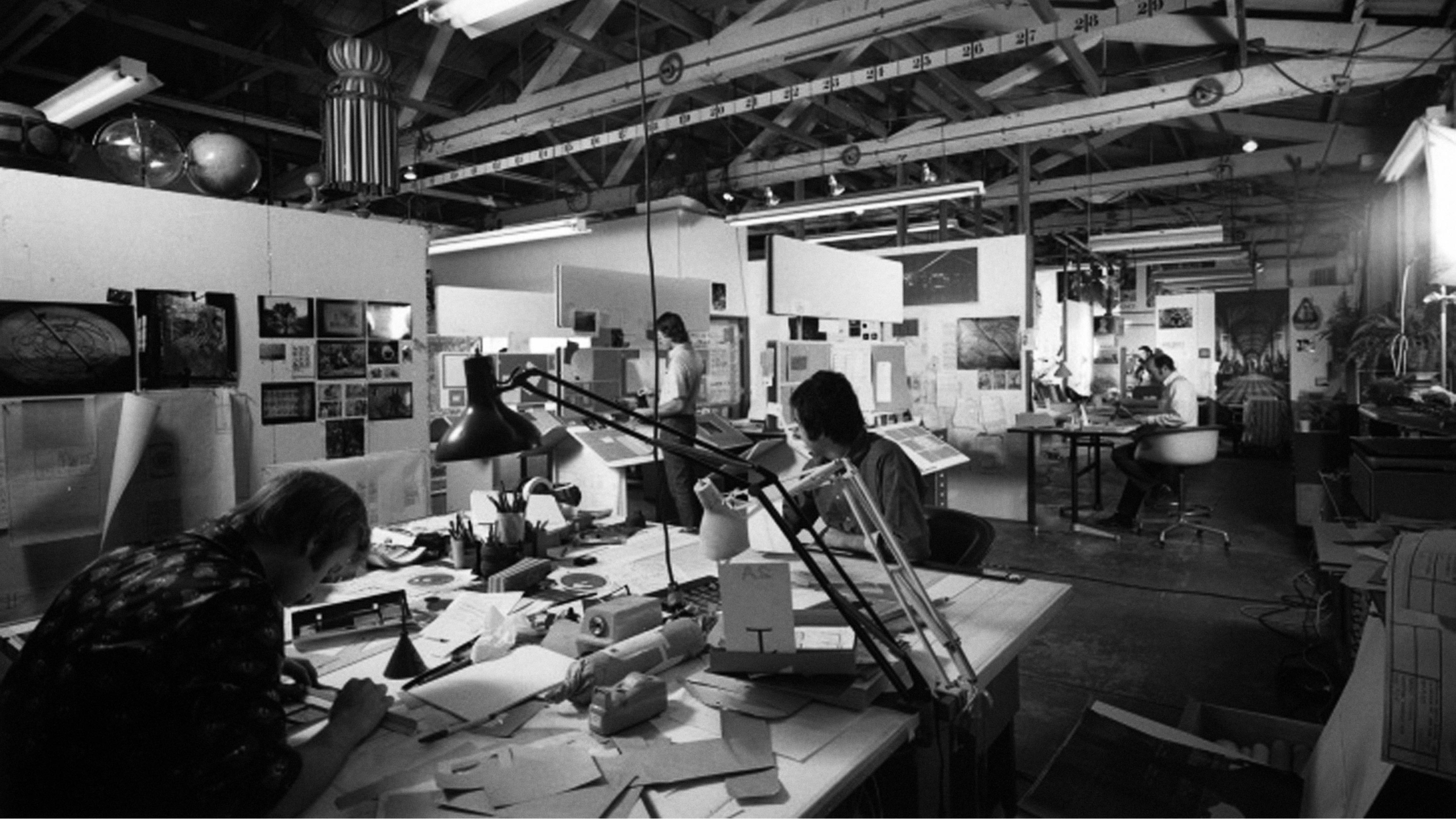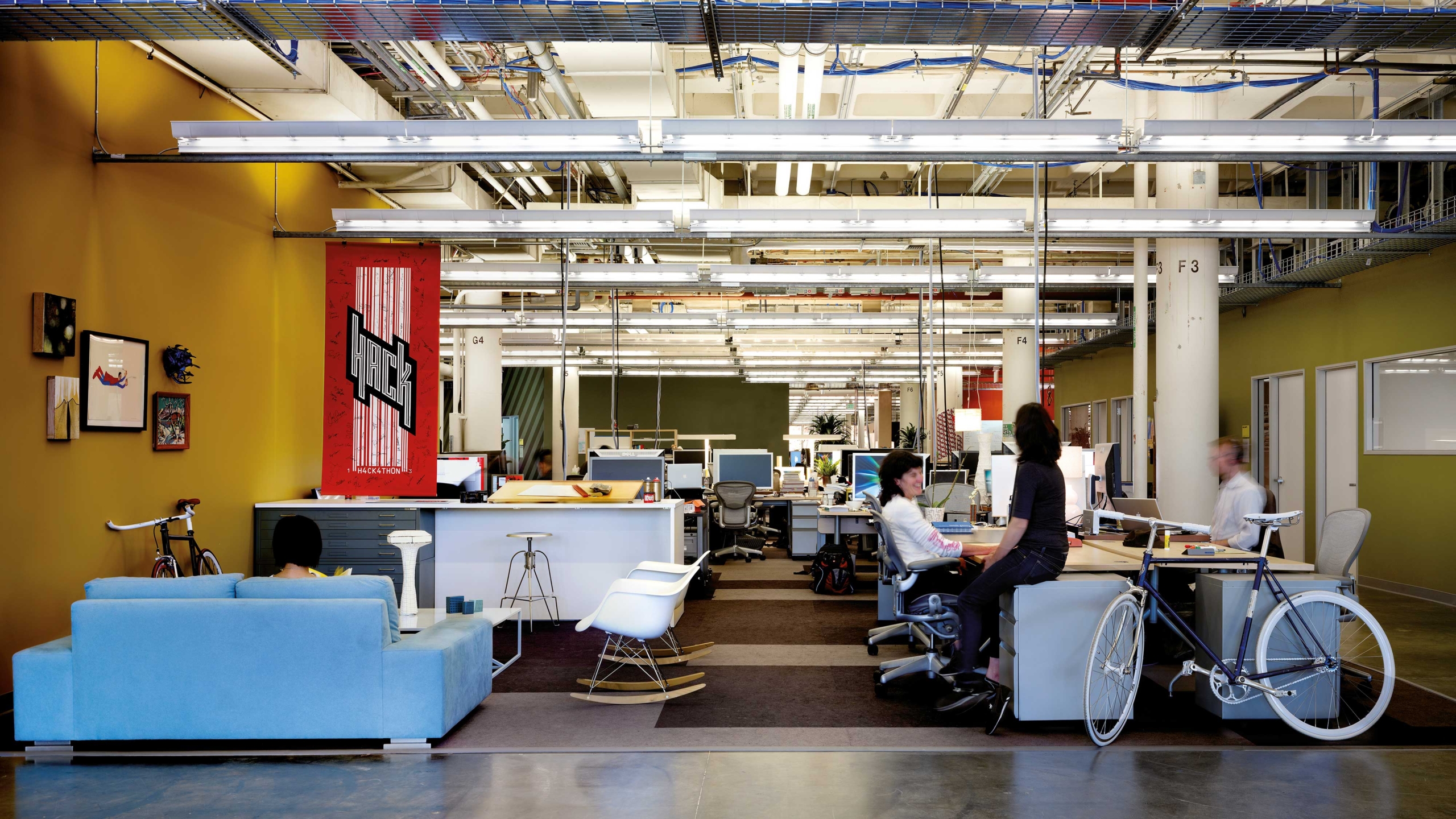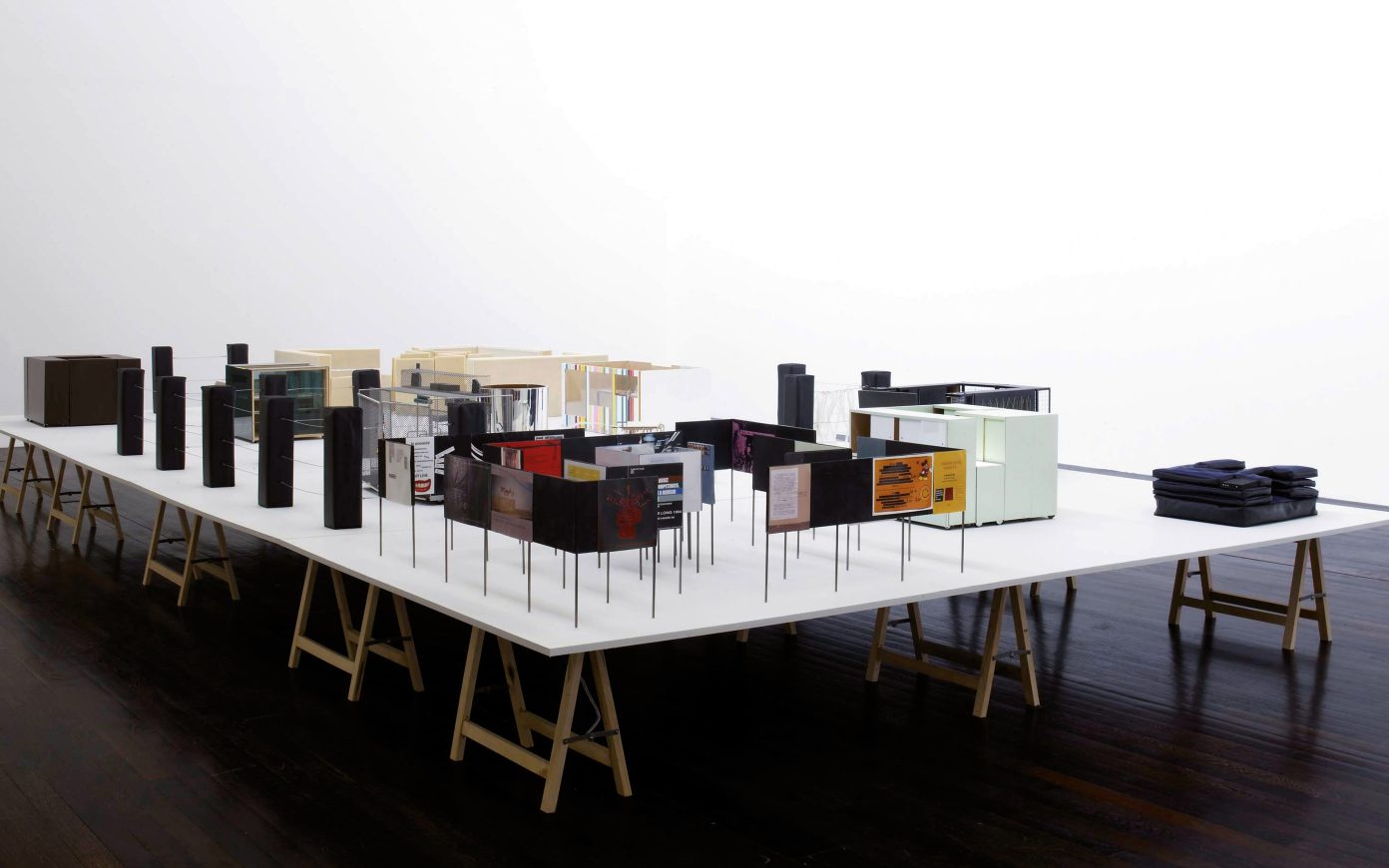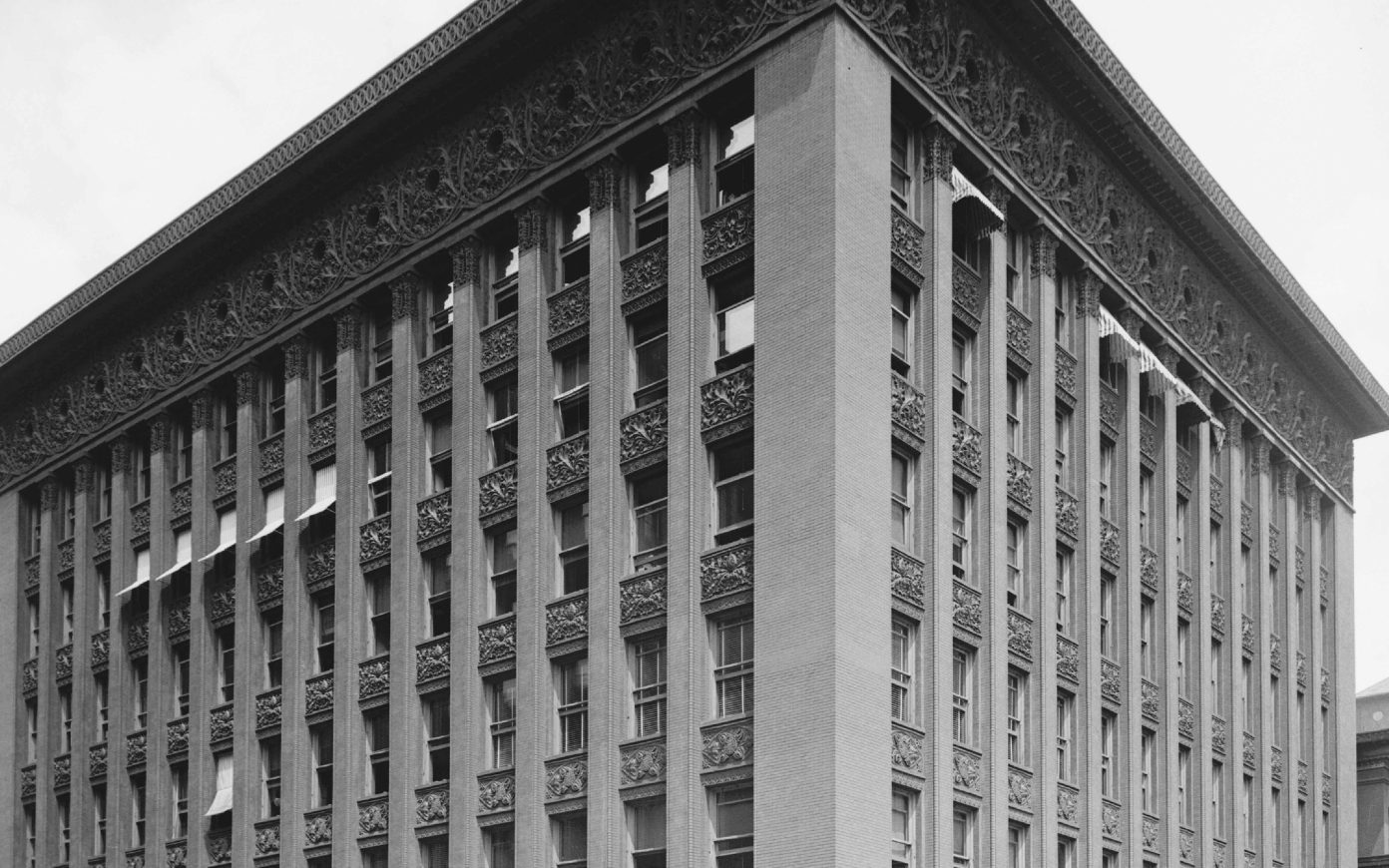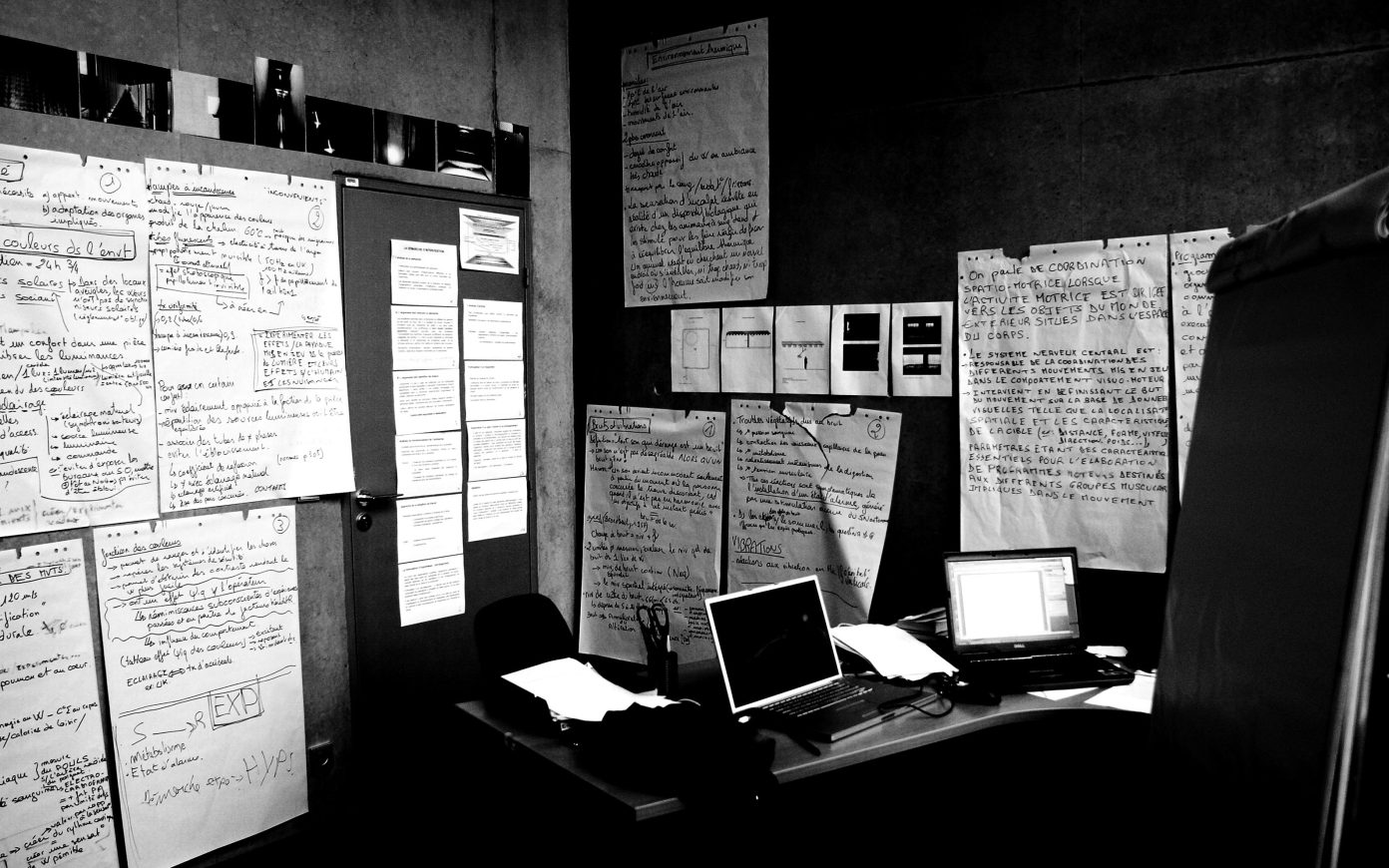Discipline and work
From the times when Louis Sullivan and Frank Lloyd Wright were implementing standard floor plans and furniture, the office exercised synchronization in the form of discipline and punishment; it was never regarded as cool – a place you anticipate coming to everyday. The early twentieth century featured theories that separate home and office while infrastructure links the two. In 1958, Herman Miller hired Robert Propst to design office furniture for the new era, where the formula for the everyday commute metamorphosed into home, office, homewww.hermanmiller.com. The cubicle and Action Office layout were created and institutionalized by Propst who believed that his design would change office ambiance and motivate collaboration. To his dismay, the cubicle was repudiated and Propst was faced with the fact that it was one of the worst inventions to come to offices – alienating and isolating employees and causing prison-like cells around offices worldwide.
The Taylorist notion of office design no longer applies to contemporary work ethicsTaylorism implies a theory of management that analyzes workflow processes adopted by Frederick Winslow Taylor.. Frederick Winslow Taylor believed that «… only through enforced standardization of methods, enforced adoption of the best implements and working conditions, and enforced cooperation that faster work can be assured. And the duty of enforcing the adoption of standards and enforcing this cooperation rests with management alone»Taylor, Frederick Winslow. The Principles of Scientific Management. New York: Harper, 1911.. Rows of desks, a suit and tie, and working quietly in the shadow of your supervisor are things of the past.
In 1975, Michel Foucault unveiled Surveiller et Punir, retrospectively presenting the way offices were being run from the twentieth century to the 1990’s obsession with transforming the cubicleFoucault, Michel. Surveiller et Punir: naissance de la prison. Paris: Gallimard, 1994.. Foucault used Jeremy Bentham’s panoptical design for prisons to describe the hunger for power that arose in modernity. The Panopticon was implemented in theory to the traditional office buildingOp. Cit. note (4). One person surveys the rest, similar to the boss sitting in his office looking down over repeated rows of diligently working employees.
Apple has revisited Foucault’s notion of power for their proposed headquarters in the suburbs of Cupertino, California. The building consists of 2.8 million square feet of office, research, and development buildings for roughly 13,000 employees. The program includes an auditorium, fitness center, research facilities, a central plant, and parking to accommodate the employees. Apple’s mega-plex might be a step backward, and slightly akin to the Panopticon, but it cannot be judged until completion in 2015. Prior to this, there are examples of free spirited work environments that ditch the formal relationship between boss and employee. Until the late twentieth century it was rare to see the boss integrate with the rest of the office. From 1943 to 1988 in California, Ray and Charles Eames created a laboratory for writing books, working on furniture design, museum exhibitions, making films, and creating toyswww.eamesoffice.com. They believed creativity and liberalism could be shown in the way you interact with the office, and they were fully committed to an equal level of collaboration. IDEO, an innovative product design firm, used a similar layout for their studio. In 1999, ABC documented the company redesigning a shopping cart. We were able to travel with them through the design process: from the initial product hand off, to the execution of mock-ups, and finally the test try of the winning shopping cartwww.ideo.com/work/shopping-cart-concept. The video displayed that identifying a boss does nothing for the design process. One person cannot be successful alone.
